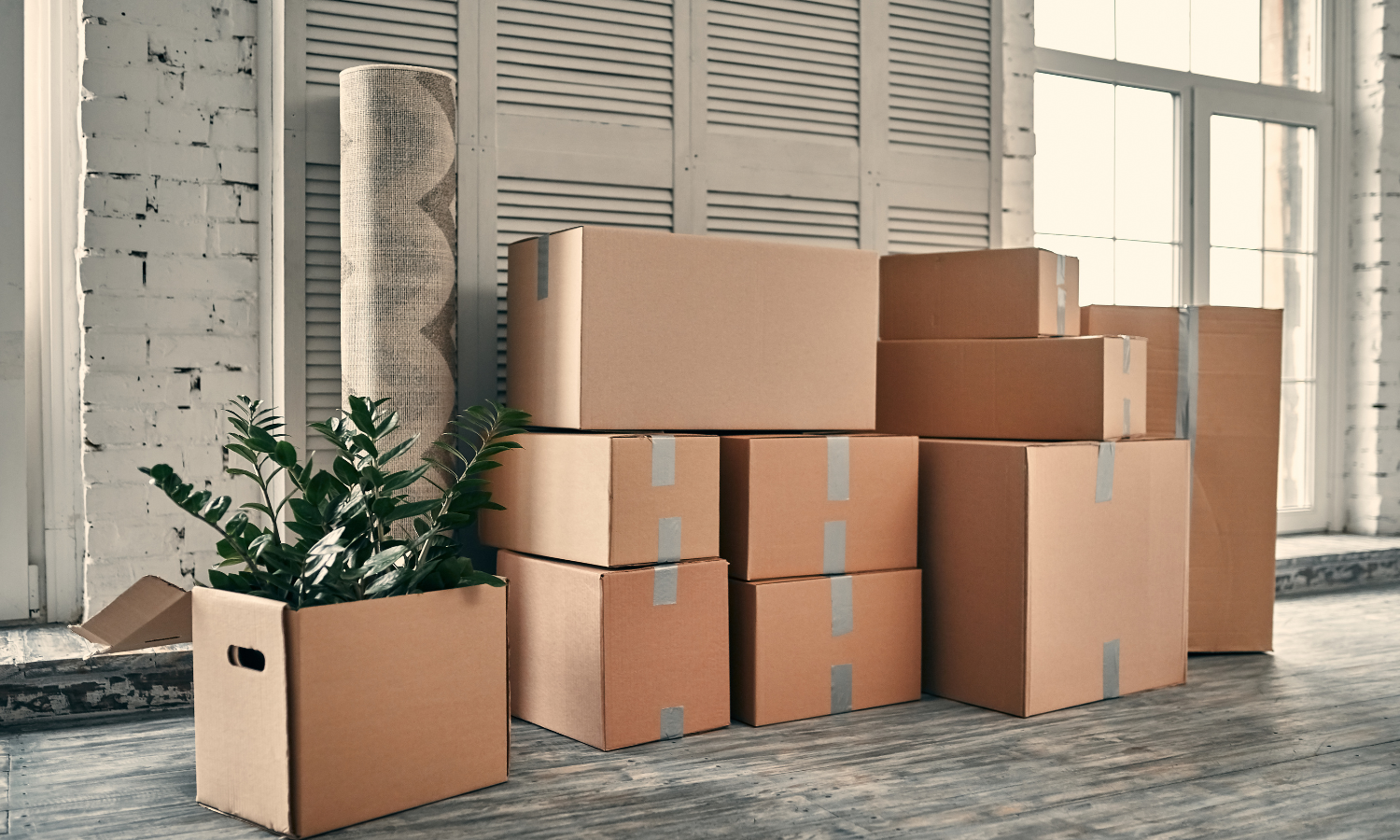Cockroaches are sneaky and not picky. They have a few basic needs and will eat just about anything. Though you may see only one scamper across your cool tile floor in the wee hours of the morning, one is all it takes to have an infestation. These unwelcome guests have no interest in leaving either.
Cockroaches are extremely versatile and hardy insects, adapting to and surviving in nearly every environment imaginable. They have a very wide-ranging diet, from stamp glue and book bindings to greasy foods, highly tuned water-finding senses, and are experts at playing hide-and-seek (though always being the one that hides). Of the more than 4,400 various species of cockroaches on earth, about 30 are associated with human habitats. Of these 30, there are only a few that you’re likely to meet in your lifetime.
German cockroach
The German roach is the most common type of roach found in the United States. They’re distinguished by what look like racing stripes, or two downward straight stripes, on the plate behind their head. They are small, typically getting no longer than ¾ of an inch and light brown.
You’re most likely to find them in warm, humid, and dark environments close to food and moisture sources, such as under your kitchen sink or in the deep recesses of a drawer. They’re very dependent upon water.
Brown-banded cockroach

These cockroaches get their name from the two light brown bands they have across their dark brownish bodies. The brown-banded cockroach is among the smallest of the cockroaches, measuring only up to ½ inch as an adult.
As opposed to the German cockroach, who live out their days in low cracks and crevices, the brown-banded cockroach prefers high spaces. They’re typically found in dry and warm locations, like inside your cabinet, pantry, or closet.
American cockroach
These shiny, reddish colored roaches are large, growing up to 2+ inches as an adult. They’re the largest cockroach in North America. Thank goodness the don’t get any larger!
They’re likely to be found in lower-floor apartments in the city, as they live primarily in sewer systems. American cockroaches make a ground-level appearance during the summer, looking for an escape from the heat and in search of food.
In terms of location within the United States, they’re most common in the southeastern part of the U.S., primarily Florida, Georgia, and Alabama.
Oriental cockroach
These cockroaches, despite their name, are believed to be of African origin. They’re commonly called "water bugs," as they like to live and reproduce in damp areas. Oriental cockroaches are large, measuring 1 ½ inches, dark brown, and, unlike many other types of cockroaches, don’t have wings. You won’t see these pesky invaders taking flight.
You’’ll find these cockroaches in cool, moist areas. Do you have a basement? That’s where these miscreants could be found. This is especially true after a heavy rain, as these insects will make their way indoors during a downpour.
Smoky brown cockroach
The smoky brown cockroach is aptly named after its color—dark, glossy brown or uniformly mahogany color on both its back and its underside. They are similar in size to the American cockroach, measuring around 2+ inches in length.
You’ll find these roaches in suburban environments. Though they won’t actively infest your home, they may be brought in with a armful of firewood in the wintertime, as they tend to spend their winters in logs.
How do roaches get into a home?
You’re doing your very best—regularly take out the trash, keeping a tidy home, and storing your food in airtight containers—and then you see a cockroach, a greasy-looking, quick-moving, disease-carrying cockroach.
These invaders slip in through a gap in a window seal or a door that has been left cracked open. They steal their way in through cracks in exterior walls, dryer vents, or even the gaps between walls and floor. They squeeze their way through window screens that aren’t flush with the frame or have rips or tears in them. They edge their way in around air-conditioning units that don’t properly fit in windows. They pile into trash cans that aren’t cleaned regularly.
While cockroaches can come in on their own, you can also unknowingly bring this unwelcome pet into your home. Here’s where they commonly hitch a ride:

- Cardboard boxes
- Yard equipment
- Drapes or rugs
- Pre-owned furniture or second-hand clothes
- Purses or bags
Once you have them in your home, they’re hard to get rid of. This is one pest that you want to use preventative pest control measures against.
If you’re wondering if you have a roach issue, they leave various forms of "tracks" and can and will infest your storage pantry.
How to rid my home of roaches
Let’s make cockroaches a nuisance of the past. A highly effective, non-toxic tool for disposal is Dr. Killigan’s Six Feet Under®—a kill-on-contact all-natural roach spray. It is 100% safe to use in your home around pets, children, and in and around food areas. It is a proven non-toxic method to rid your home of roaches.
Another tool for roach control is Dr. Killigan’s Insect Buster®—a bulb duster that is designed to disperse Dust to Dust. Dust to Dust is a fine powder insecticide that is non-toxic and non-poisonous. Its active ingredients are peppermint essential oil and rosemary essential oil. It is known to be safe for humans and an alternative to traditional insecticides, such as diatomaceous earth. It, is, though, quite messy and both inefficient and imprecise to disperse by hand. What’s where the Insect Buster comes in. Dr. Killigan’s Insect Buster bulb is sturdy, easy to aim, and includes a filling funnel, steel ball to avoid clumping (of the powder), flexible vinyl tubing for corners, and a brass extension rod for hard-to-reach crevices, which is exactly where the roaches often like to hide and breed.
Here’s how to use the Insect Buster in your fight against cockroaches: First, make sure that the areas you want to treat are dry and clean. Using Dr. Killigan’s Insect Buster, spread a thin coat of Dust to Dust on surfaces and in crevices where you’ve seen roach activity. Focus on areas that are dark and where these vile pests can find crumbs, like the backsides of stoves, refrigerators, and other appliances or where there is moisture, like under your kitchen or bathroom sink. Spray a thin coating along baseboards and behind your commode and where your cupboards meet the wall under both your kitchen and bathroom sinks. Hit their entry points, including cracks, gaps, and outlets around wiring. Treat any wall voids—cracks or holes leading in the walls. Repeat as necessary. Leave Dust to Dust to do its work. (The longer it’s there, the more pests will come into contact with it.)

Dust to Dust is abrasive and breaks down the waxy layer of the cockroach’s hard exoskeleton, killing it through dehydration. When a roach walks through the powder, it clings to them. They can neither ingest it or remove it. The roach then dies. Use Dr. Killigan’s Insect Buster and purchase Dust to Dust as both a treatment against roaches and as a preventative tool against roach invasions.
Our Insect Buster User Guide provides further tips and tricks on how to best use the Insect Buster, arguably the most effective tool for dispersing non-toxic powder insecticides.
Our team of professionals is dedicated to perfecting the art of Killing Them Softly®. We have designed a 100% toxin-free roach killer spray and bulb duster that are not only safe, but are also created with style.
We are continually raising the bar in developing pest control remedies. All our products come in a design that is pleasing to the eye and carry a 100% satisfaction guarantee. If you are not satisfied for any reason, please contact us. We will not hesitate to make things right.





















